Home>Dining>Events & Etiquette>How To Set A Table: Etiquette Guidelines
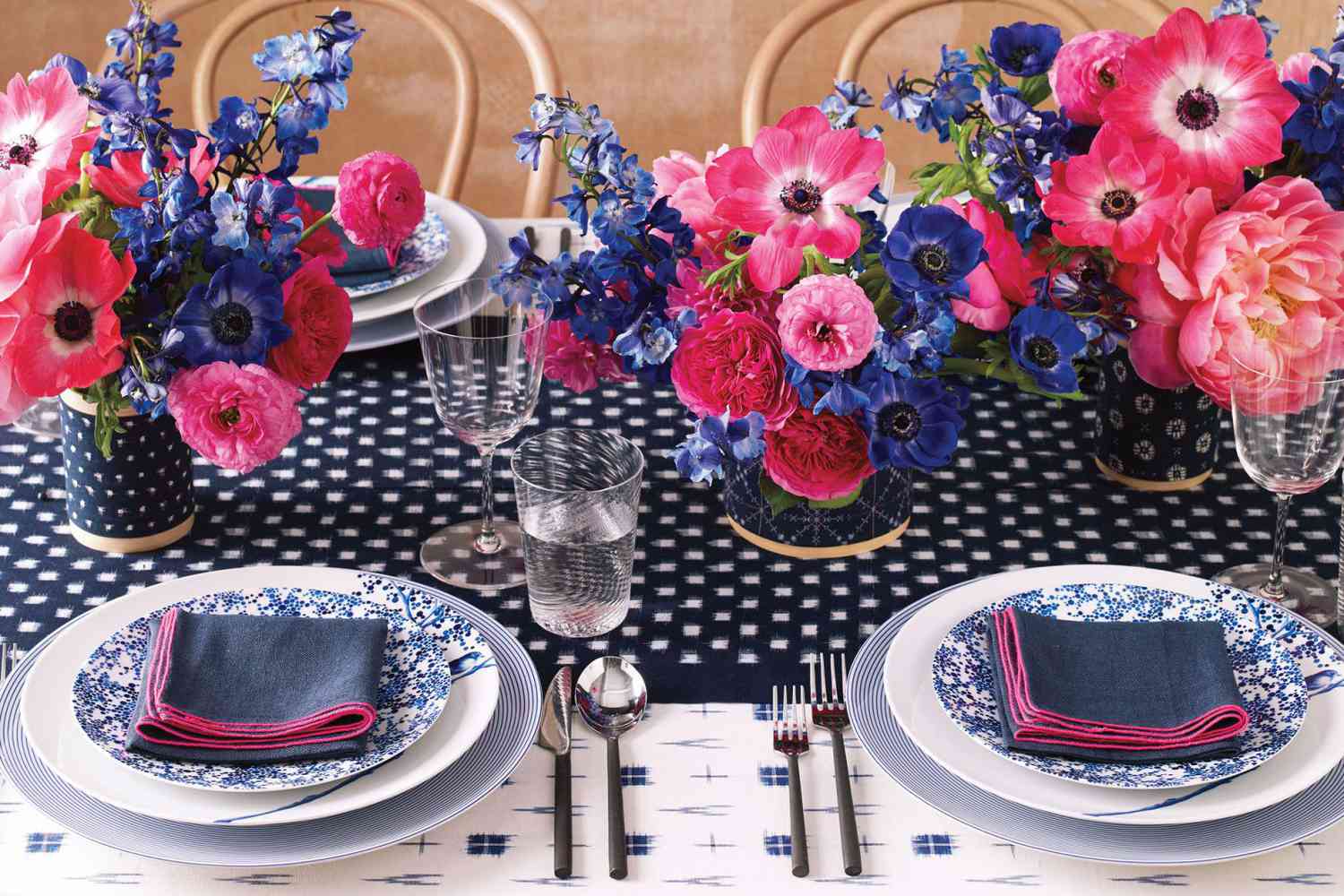

Events & Etiquette
How To Set A Table: Etiquette Guidelines
Modified: January 18, 2024
Learn the proper etiquette for setting a table for events. Follow our step-by-step guidelines to impress your guests with impeccable table manners.
(Many of the links in this article redirect to a specific reviewed product. Your purchase of these products through affiliate links helps to generate commission for Storables.com, at no extra cost. Learn more)
Introduction
Welcome to the world of events etiquette, where setting a table is an art form that enhances the dining experience. Whether you are hosting a formal dinner party, a casual get-together, or a special occasion celebration, knowing how to set a table properly adds an element of sophistication and elegance to any event.
Table setting etiquette goes beyond just placing plates and utensils on the table. It involves creating a visually pleasing arrangement and ensuring that each item is positioned correctly. This attention to detail not only demonstrates your hospitality but also shows respect for your guests and the occasion.
In this article, we will explore the various guidelines and techniques for setting a table with finesse. We will cover everything from basic table settings to formal dinners, informal gatherings, and even casual meals. Whether you are a seasoned host or a beginner, these tips will help you master the art of table setting etiquette.
So, let’s dive into the world of table setting and discover the secrets to creating a memorable dining experience!
Key Takeaways:
- Master the art of table setting etiquette to create memorable dining experiences, from basic to formal, informal to special occasions, and casual meals. Tailor settings to the event’s formality, theme, and ambiance.
- Infuse your personal creativity and style into table settings, adding a unique and memorable touch to any occasion. Embrace the art of hospitality and confidently set the stage for unforgettable dining experiences.
Read more: What Is Table Etiquette?
Basic Table Setting
Before we delve into the more elaborate table settings, it’s important to start with the basics. The basic table setting serves as the foundation for any dining occasion, whether it’s a casual family meal or a formal gathering.
Here are the essential elements of a basic table setting:
- Placemat or Tablecloth: Begin by laying a clean placemat or tablecloth on the table. This not only protects the surface but also adds a decorative touch.
- Plates: Place a dinner plate in the center of each setting. Ensure that the plates are centered and parallel to the table’s edge.
- Napkins: Fold the napkins and place them on the left side of the plate or on the plate itself. Alternatively, you can also use a napkin ring to hold the napkin.
- Utensils: Arrange the utensils around the plate in the order they will be used. Place the fork on the left side of the plate and the knife on the right, with the blade facing inward. If using a spoon, place it to the right of the knife.
- Glassware: Position the water glass above the knife. If serving wine, place the wine glass to the right of the water glass.
Keep in mind that the basic table setting should be simple and uncluttered. It provides a clean and organized look, allowing your guests to focus on the meal and conversation without distractions.
Now that you have mastered the basic table setting, you are ready to move on to the more advanced table settings for different occasions. In the next sections, we will explore formal table settings, table settings for informal gatherings, as well as table settings for special occasions and casual meals.
Placement of Plates and Utensils
When it comes to table setting etiquette, the placement of plates and utensils plays a crucial role in creating an organized and polished look. The positioning of each item not only adds aesthetic appeal but also signals to your guests the progression of the meal.
Here are the guidelines for properly placing plates and utensils:
Plates: The dinner plate should be positioned in the center of the place setting, about one inch from the edge of the table. If you are serving multiple courses, you can place smaller plates, such as salad plates or appetizer plates, on top of the dinner plate. However, if you don’t have additional plates, you can bring them out as needed.
Utensils: Utensils should be placed in the order they will be used, from the outside in. Starting from the left side of the plate, place the salad fork furthest from the plate, followed by the dinner fork. On the right side of the plate, place the dinner knife closest to the plate, with the blade facing inward. To the right of the knife, place the soup spoon or any other spoon that will be used during the meal.
If you are serving seafood or other specialty dishes that require specific utensils, such as a seafood fork or a steak knife, you can place them to the right of the soup spoon or above the plate.
Remember, as each course is served and finished, the corresponding utensils should be removed. This helps to declutter the table and ensures that the remaining utensils are easily accessible to your guests.
By placing plates and utensils in the correct order and position, you not only streamline the dining experience but also demonstrate your attention to detail and respect for your guests.
In the next section, we will explore the proper positioning of glassware, another important element of table setting etiquette.
Placement of Glassware
Glassware is an essential component of any table setting, as it allows guests to enjoy their favorite beverages throughout the meal. Properly positioning the glassware adds elegance to the table and ensures that each glass is easily accessible to your guests.
Here are the guidelines for placing glassware:
Water Glass: The water glass should be positioned directly above the knife, about one inch above the dinner plate. This placement allows guests to easily reach for their water throughout the meal.
Wine Glasses: If you are serving wine with the meal, place the appropriate wine glass to the right of the water glass. The wine glasses should be arranged in the order they will be used, from left to right. For example, if you are serving white wine before red wine, place the white wine glass closer to the water glass.
If you are serving multiple types of wine, you can position a separate glass for each type. However, if you are limited on space or glasses, it is acceptable to bring out the appropriate wine glass when serving each wine.
Other Glassware: Depending on the beverages being served, you may also need to include other glassware, such as champagne flutes or cocktail glasses. These glasses should be placed to the right of the wine glasses, in the order they will be used.
It’s important to note that all glassware should be positioned at least one inch away from the edge of the table. This helps prevent accidental knocks or spills during the meal.
By following these guidelines for glassware placement, you ensure that your guests have easy access to their beverages and can fully enjoy the dining experience. In the next section, we will explore the positioning of napkins, another important factor to consider when setting a table.
Positioning of Napkins
Napkins play a practical and aesthetic role in table setting etiquette. They not only serve as a means to clean hands and mouths during the meal but also add a touch of elegance to the table. Properly positioning napkins demonstrates your attention to detail and consideration for your guests’ comfort.
Here are the guidelines for positioning napkins:
Placement: Napkins can be placed in various locations, depending on the formality of the occasion and your personal preference.
For a formal table setting, you can place the napkin on the left side of the plate, either folded neatly or with a decorative fold. Ensure that the fold or edge is facing toward the center of the table.
For a more casual or informal setting, you can also place the napkin directly on the dinner plate. This is a convenient option as it eliminates the need for separate napkin placement.
Folding: There is a wide range of folding techniques available to add an artistic touch to your table setting. Some popular napkin folds include the classic rectangular fold, the diamond fold, and the envelope fold.
You can choose a fold that matches the theme or style of your event. The folding technique should be consistent across all napkins to create a cohesive look.
Napkin Rings: If you prefer to use napkin rings, place the folded napkin inside the ring and position it on the left side of the plate or on top of the dinner plate. Napkin rings can add a decorative element to the table and allow guests to easily identify their own napkin.
Remember, the placement of napkins should be uniform throughout the table setting, providing a visually appealing and coordinated look.
In the next section, we will explore the proper use of cutlery in table setting etiquette.
Read more: Table Etiquette: How To Rest Forks
Proper Use of Cutlery
Knowing how to properly use cutlery is essential in table setting etiquette. It not only ensures a smooth and enjoyable dining experience but also showcases your knowledge and attention to detail. Each piece of cutlery has a specific purpose and should be used accordingly.
Here are the guidelines for the proper use of cutlery:
Forks: Forks are used for piercing and lifting food. When using a fork, hold it with the tines facing upward. Use the outermost fork, typically the salad fork, for the first course. As you progress through the meal, use the inner forks for subsequent courses.
When cutting food that requires a knife, hold the fork in your left hand and the knife in your right. Use the fork to steady the food while cutting it with the knife. Once the food is cut into bite-sized pieces, switch the fork to your right hand to bring the food to your mouth.
Knives: Knives are primarily used for cutting, spreading, and sometimes for lifting food. Hold the knife with the handle in your right hand and the blade facing inward. When using a knife, use gentle sawing motions rather than applying too much pressure.
Spoons: Spoons are used for eating soups, stews, and other liquid-based dishes. Hold the spoon with the bowl facing upwards and use it to scoop the food towards your mouth.
It’s important to note that once cutlery has been used, it should not be placed directly back on the table. Instead, rest the utensils on the edge of the plate or on a designated utensil rest if available.
By understanding how to properly use cutlery, you contribute to a seamless dining experience and show respect for your guests and the occasion.
In the next section, we will explore the protocols for serving and clearing the table, ensuring a smooth flow of the meal.
When setting a table, remember to place the dinner plate in the center, with the napkin to the left and the utensils arranged in the order they will be used, from the outside in.
Serving and Clearing Protocol
The protocols for serving and clearing the table are important aspects of table setting etiquette. They help maintain a smooth flow of the meal and ensure that guests are attended to promptly and efficiently. By following these guidelines, you can create a pleasant and organized dining experience.
Serving Protocol:
When serving a meal, it’s important to maintain a sense of order and precision. Here are some key points to consider:
- Start serving from the left side of each guest and proceed in a clockwise direction.
- Use a serving utensil for each dish to avoid cross-contamination and maintain hygiene.
- Avoid reaching across guests or disrupting conversations while serving.
- Offer dishes to guests individually, allowing them to choose what they would like. Be attentive to any dietary restrictions or allergies and accommodate accordingly.
- Once all guests have been served, check if anyone needs any additional servings before starting your own meal.
Clearing Protocol:
Clearing the table promptly and efficiently is essential to create a clean and organized dining environment. Follow these guidelines for effective clearing:
- Begin clearing the table once most guests have finished eating. However, be mindful of those who may still be enjoying their meal and wait until everyone has finished before clearing all the dishes.
- Clear each course’s dishes separately, starting with the outermost plates and working your way inward.
- When clearing, hold the plates with one hand and use a cloth or tray to support them, ensuring that no food or liquids spill on the table or guests.
- Ask guests if they are finished with any dishes before removing them. Some guests may prefer to keep certain items, such as bread or condiments, for the duration of the meal.
- Be discreet and avoid lingering at the table, as this may be disruptive to the conversation or private moments of your guests.
By following these serving and clearing protocols, you create a seamless and enjoyable dining experience for your guests. In the next sections, we will explore more advanced table settings for formal occasions, informal gatherings, special occasions, and casual meals.
Formal Table Setting
A formal table setting is reserved for special occasions and elegant gatherings. It exudes sophistication and attention to detail, creating a truly memorable dining experience. Here are the key elements of a formal table setting:
- Tablecloth: Start by covering the table with a pristine, high-quality tablecloth that drapes evenly over the edges.
- Placemats: If preferred, you can layer placemats on top of the tablecloth to add an extra touch of elegance and protect the table’s surface.
- Charger Plates: Place a charger plate, sometimes called a service plate, in the center of each setting. The charger plate serves as a base for other plates and should be removed before the main course is served.
- Multiple Courses: In a formal setting, multiple courses are common. As such, you may need to layer plates on top of the charger plate as each course is served. Make sure to remove the appropriate plates after each course to maintain a clean and uncluttered table.
- Elaborate Centerpiece: A formal table setting calls for an elaborate centerpiece that complements the occasion. Select a centerpiece that is proportionate to the table and doesn’t obstruct the view across the table. Floral arrangements, candelabras, or decorative sculptures are popular choices.
- Additional Glassware: In a formal setting, additional glassware may be required for specific beverages or types of wine. Make sure to position these glasses to the right of the water glass, in the order they will be used.
- Ample Space: Ensure that each place setting has enough space for guests to comfortably dine and engage in conversation. Avoid overcrowding the table, especially in a formal setting.
Remember, a formal table setting requires attention to detail and precision. Each item should be positioned correctly and removed at the appropriate times to maintain an organized and elegant ambiance.
In the next section, we will explore table settings for less formal gatherings, allowing for a more relaxed and casual atmosphere.
Table Setting for Informal Gatherings
For more casual and informal gatherings, a relaxed table setting creates a warm and inviting atmosphere. It’s about creating a comfortable space where guests can feel at ease while enjoying good company and delicious food. Here are the key components of a table setting for informal gatherings:
- Tablecloth or Placemats: Choose a tablecloth or placemats that reflect the overall theme or style of the event. Opt for materials that are easy to clean and maintain.
- Basic Place Setting: Keep the place setting simple and uncluttered. Place a dinner plate in the center of each setting and add any necessary utensils suitable for the meal being served.
- Casual Centerpiece: Select a casual centerpiece that complements the theme or occasion. It could be a vase of fresh flowers, a simple candle arrangement, or a collection of decorative items that reflect the event’s atmosphere.
- Simple Glassware: In an informal setting, stick to the essential glassware. Position a water glass above the knife and, if desired, include a wine glass or other appropriate glassware based on the beverage being served.
- Napkins: Napkins can be folded or placed casually on the plate or to the left side. You can use napkin rings or fold them in a simple and relaxed manner.
- Ample Space: Provide enough space between place settings so that guests can comfortably enjoy their meal and engage in conversation without feeling crowded.
Remember, the goal of an informal table setting is to create a relaxed and welcoming environment. It’s more about the experience and camaraderie than strict adherence to formal etiquette rules.
In the next section, we will explore table settings for special occasions that require a unique and personalized touch.
Read more: When Was Table Etiquette Invented?
Table Setting for Special Occasions
Special occasions call for a table setting that is tailored to the event’s theme or significance. It’s an opportunity to showcase your creativity and make the gathering truly memorable. Here are some ideas for table settings for special occasions:
- Themed Decor: Choose a theme that aligns with the occasion, such as a romantic setting for a wedding anniversary or a festive setting for a holiday celebration. Incorporate decorations, colors, and elements that reflect the theme throughout the table setting.
- Unique Centerpiece: Create a centerpiece that becomes the focal point of the table. It could be a floral arrangement, a decorative sculpture, or a customized item that has special meaning to the occasion or the guests.
- Personalized Place Cards: Use place cards to guide guests to their designated seats. Take the opportunity to personalize each place card with the guest’s name and a thoughtful message or small gift. This adds a special touch and shows your attention to detail.
- Specialty Glassware: Consider using specialty glassware that matches the occasion. For example, champagne flutes for a wedding toast or colored glassware for a festive event. These unique touches enhance the overall ambiance and add a sense of elegance.
- Extravagant Table Linens: Invest in high-quality table linens, such as luxurious tablecloths or intricately designed placemats, that elevate the overall look and feel of the table. Choose linens that complement the color scheme and theme of the occasion.
- Special Tableware: Consider using special tableware, such as fine china, heirloom silverware, or vintage plates and bowls. These unique pieces add a sense of history and significance to the occasion.
Remember, when setting a table for special occasions, let your creativity shine while staying true to the event’s purpose and theme. It’s an opportunity to create a memorable experience that guests will cherish for years to come.
In the next section, we will explore table settings for casual meals, providing a laid-back and relaxed atmosphere.
Table Setting for Casual Meals
Casual meals are all about creating a comfortable and relaxed dining experience. Whether you’re hosting a brunch with friends or a cozy family dinner, the table setting should reflect this laid-back atmosphere. Here are some key elements to consider for a table setting for casual meals:
- Simple Tablecloth or Placemats: Choose a simple and easy-to-clean tablecloth or placemats that add a touch of style without being overly formal.
- Minimalist Place Setting: Keep the place setting simple with just the essential items. Place a dinner plate in the center of each setting and provide the necessary utensils for the meal.
- Informal Centerpiece: Opt for a casual centerpiece that enhances the overall vibe of the meal. It could be a small vase of wildflowers, a bowl of fresh fruits, or even a charming succulent arrangement.
- Practical Glassware: Use practical and versatile glassware that suits the occasion. Provide a water glass for each guest, and if necessary, include additional glasses for specialized beverages.
- Relaxed Napkins: Fold napkins in a simple and straightforward manner or place them casually on the side or corner of the dinner plate.
- Comfortable Seating: Ensure each guest has enough space and comfortable seating. Add cushions or pads to chairs to provide extra comfort during the meal.
When setting a table for casual meals, the emphasis is on creating a warm and inviting atmosphere that encourages relaxation and enjoyment. It’s all about effortless style and comfort.
Remember, the goal is to create a space where guests can gather, connect, and savor the meal in a laid-back and cozy environment.
Now that you have explored different table settings for various occasions, you can apply these guidelines and create a delightful dining experience no matter the event. Remember to tailor the table setting to the occasion’s formality, theme, and ambiance, and don’t be afraid to add your own personal touch. By following these tips, you’ll be well on your way to becoming a master of table setting etiquette.
Enjoy hosting your next event with confidence and style!
Conclusion
Table setting etiquette is an art that enhances any dining experience, adding elegance, organization, and thoughtfulness to the occasion. By mastering the art of table setting, you can create a lasting impression on your guests and make them feel welcome and valued.
Throughout this article, we have explored various table settings, from basic to formal, informal to special occasions, and casual meals. Each setting has its own guidelines and considerations, allowing you to adapt your table setting to the specific event or gathering.
Whether you are hosting a formal dinner, an informal brunch, or a special celebration, the key to a successful table setting lies in attention to detail, coordination, and creating a comfortable atmosphere for your guests.
Remember to consider factors such as the placement of plates and utensils, positioning of glassware, folding or placement of napkins, and the proper use of cutlery. These elements come together to create a visually appealing and functional table setting.
Additionally, don’t forget to infuse your own creativity and personal style into the table setting. Whether it’s through the choice of tablecloth, centerpiece, or decorative accents, adding your personal touch can make the occasion truly unique and memorable.
Lastly, table setting etiquette should always be approached with a warm and hospitable mindset. The purpose is to create an enjoyable environment where guests can connect, share moments, and indulge in good food and conversation.
Now armed with the knowledge of table setting etiquette, I encourage you to embrace your role as a host and confidently set the stage for unforgettable dining experiences. Whether it’s an intimate gathering or a grand celebration, a well-set table will always leave a lasting impression on your guests.
So, go ahead, set that table with finesse and enjoy the art of hospitality!
Frequently Asked Questions about How To Set A Table: Etiquette Guidelines
Was this page helpful?
At Storables.com, we guarantee accurate and reliable information. Our content, validated by Expert Board Contributors, is crafted following stringent Editorial Policies. We're committed to providing you with well-researched, expert-backed insights for all your informational needs.
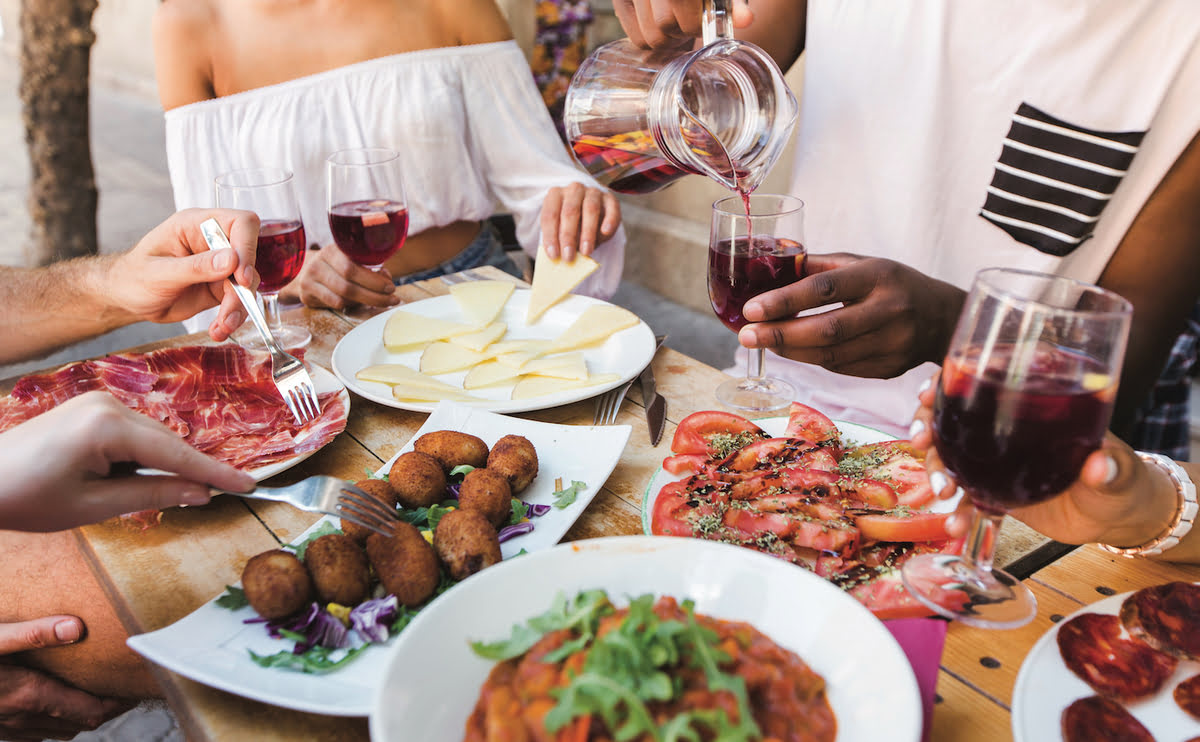
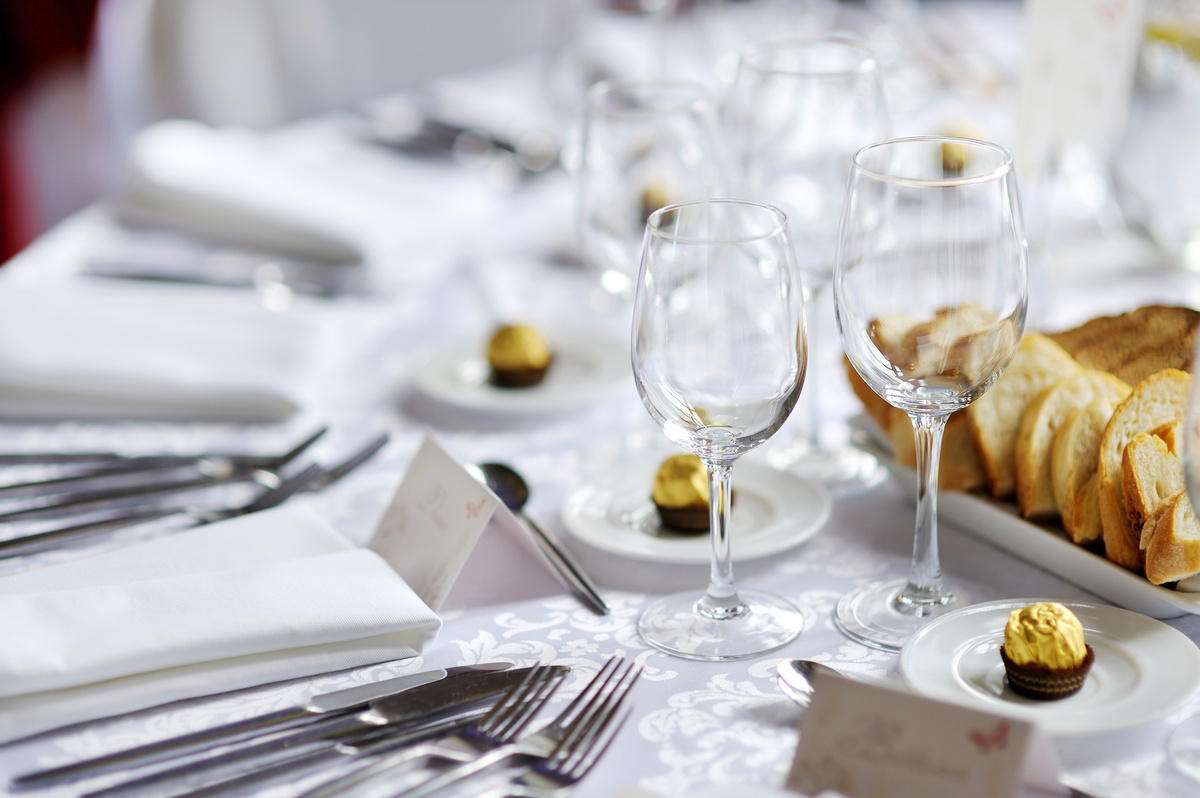
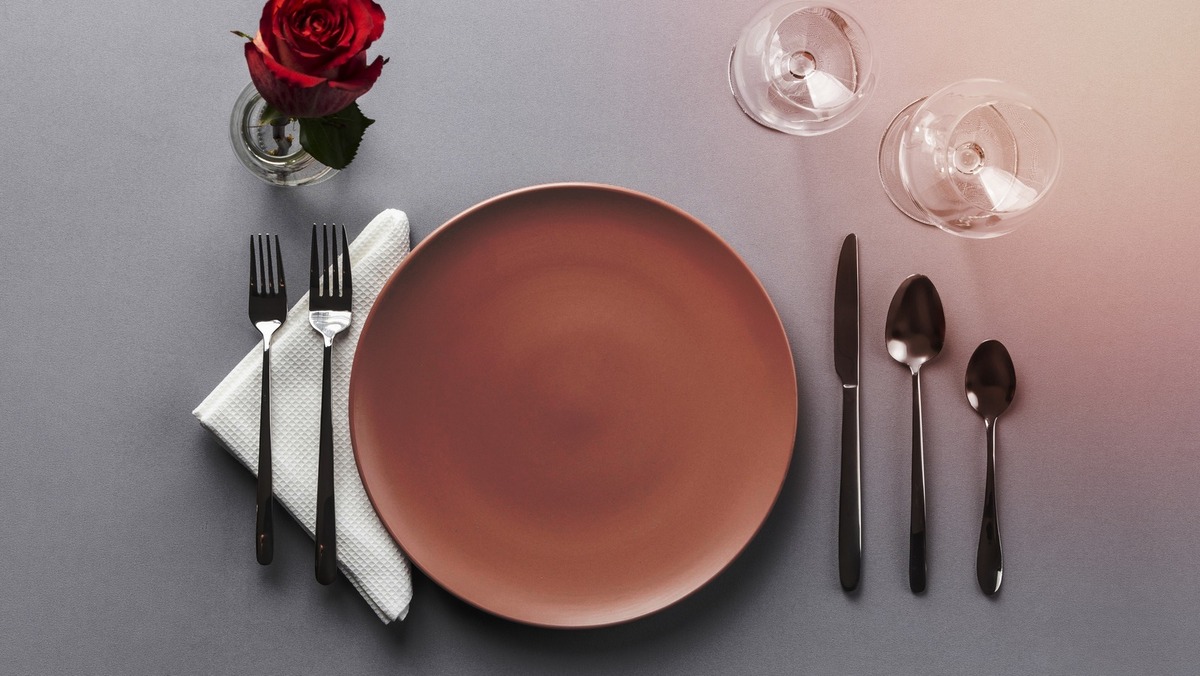
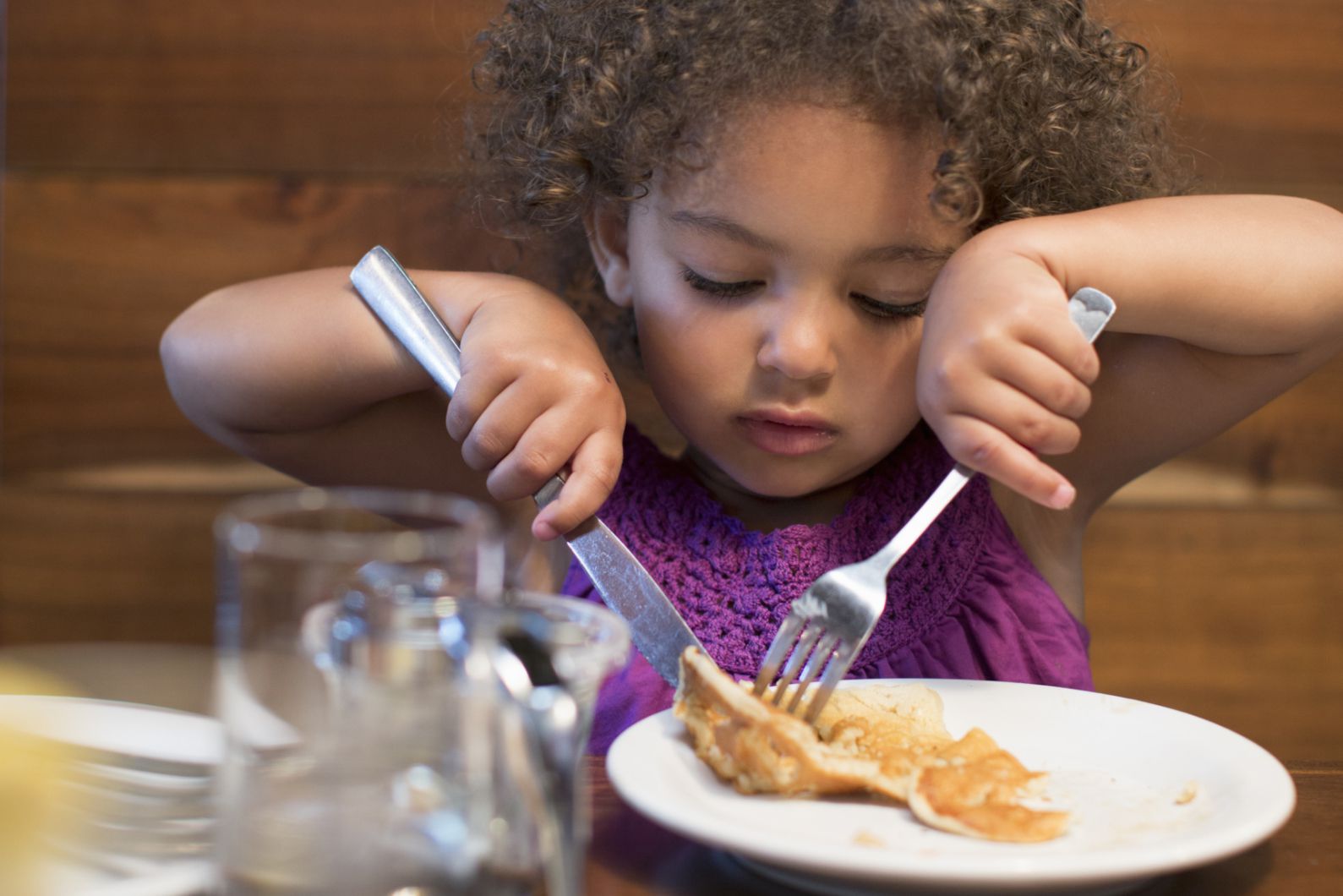
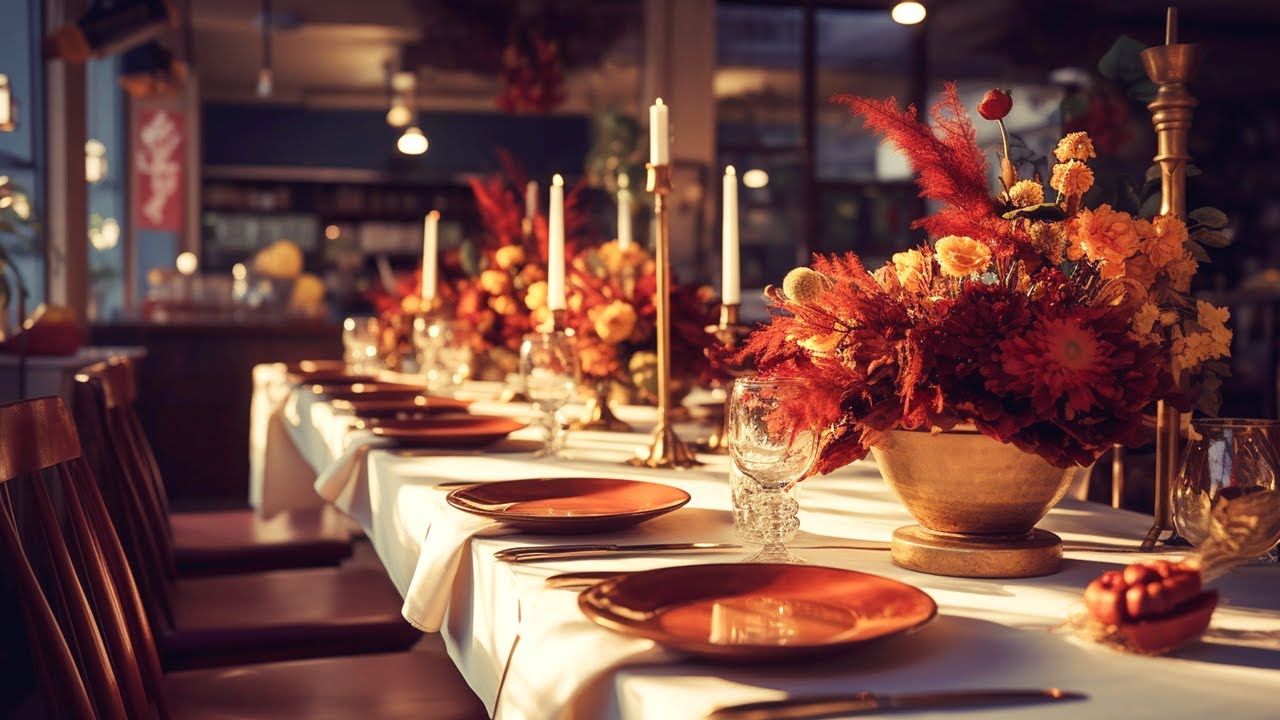
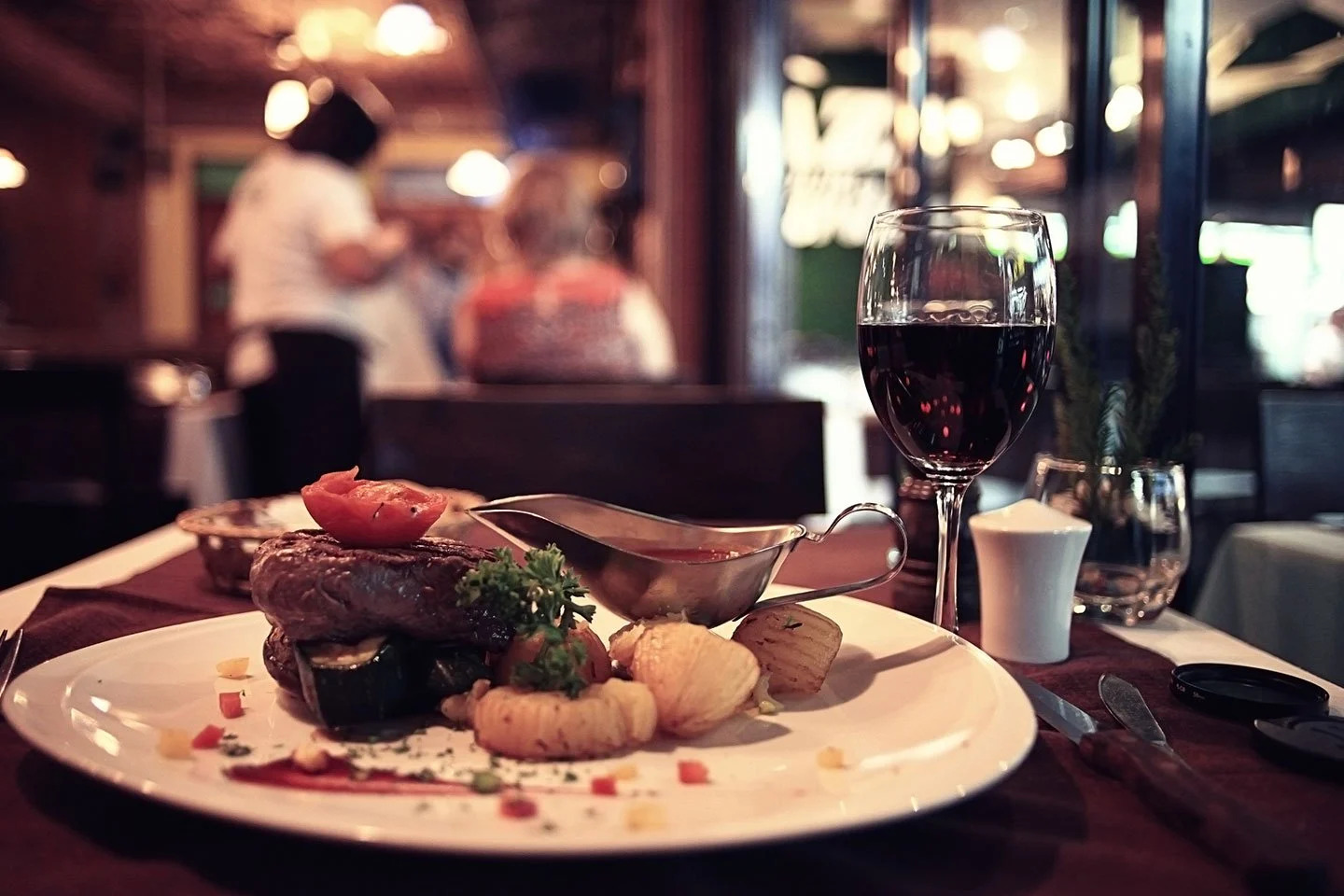
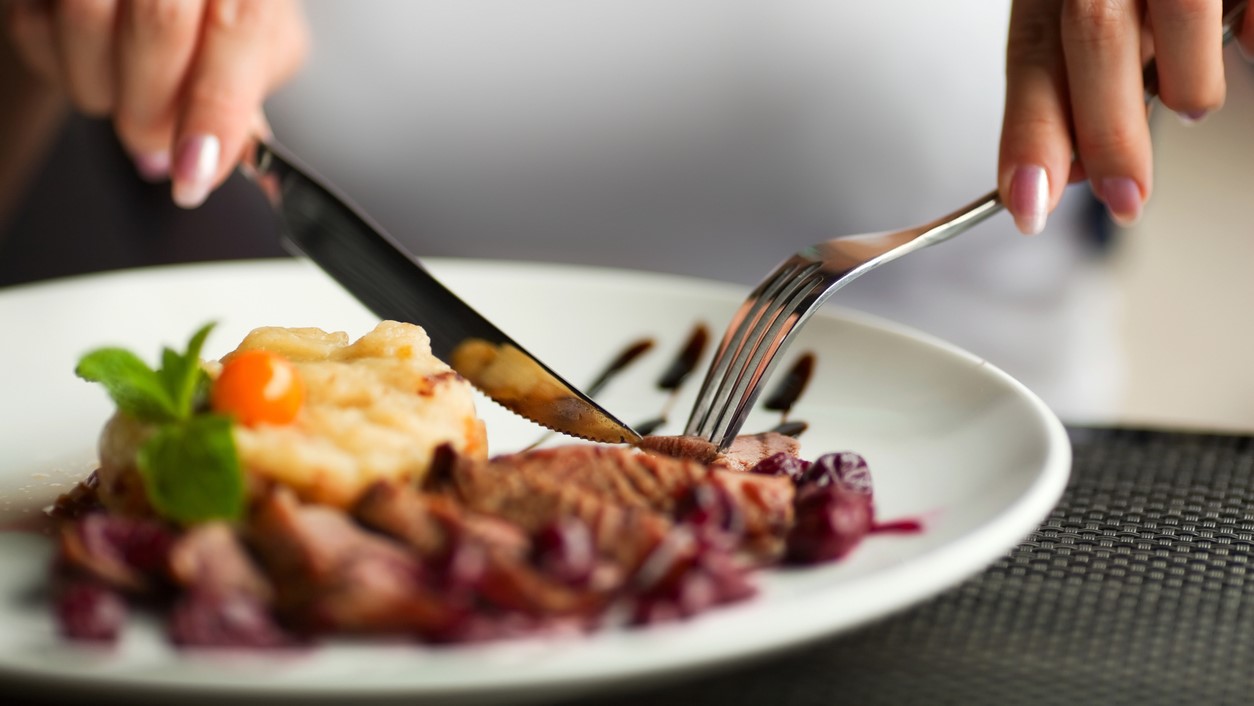
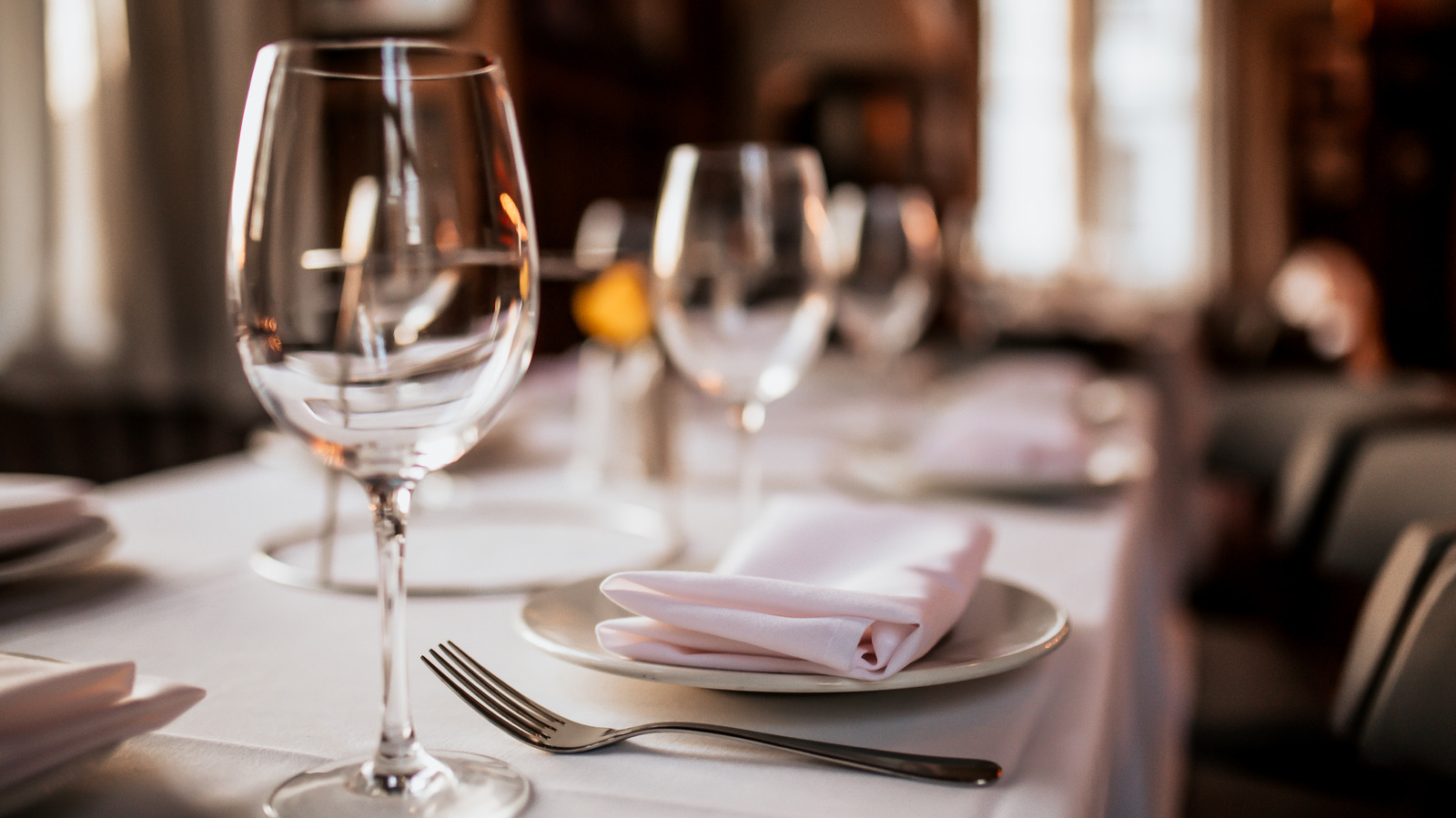
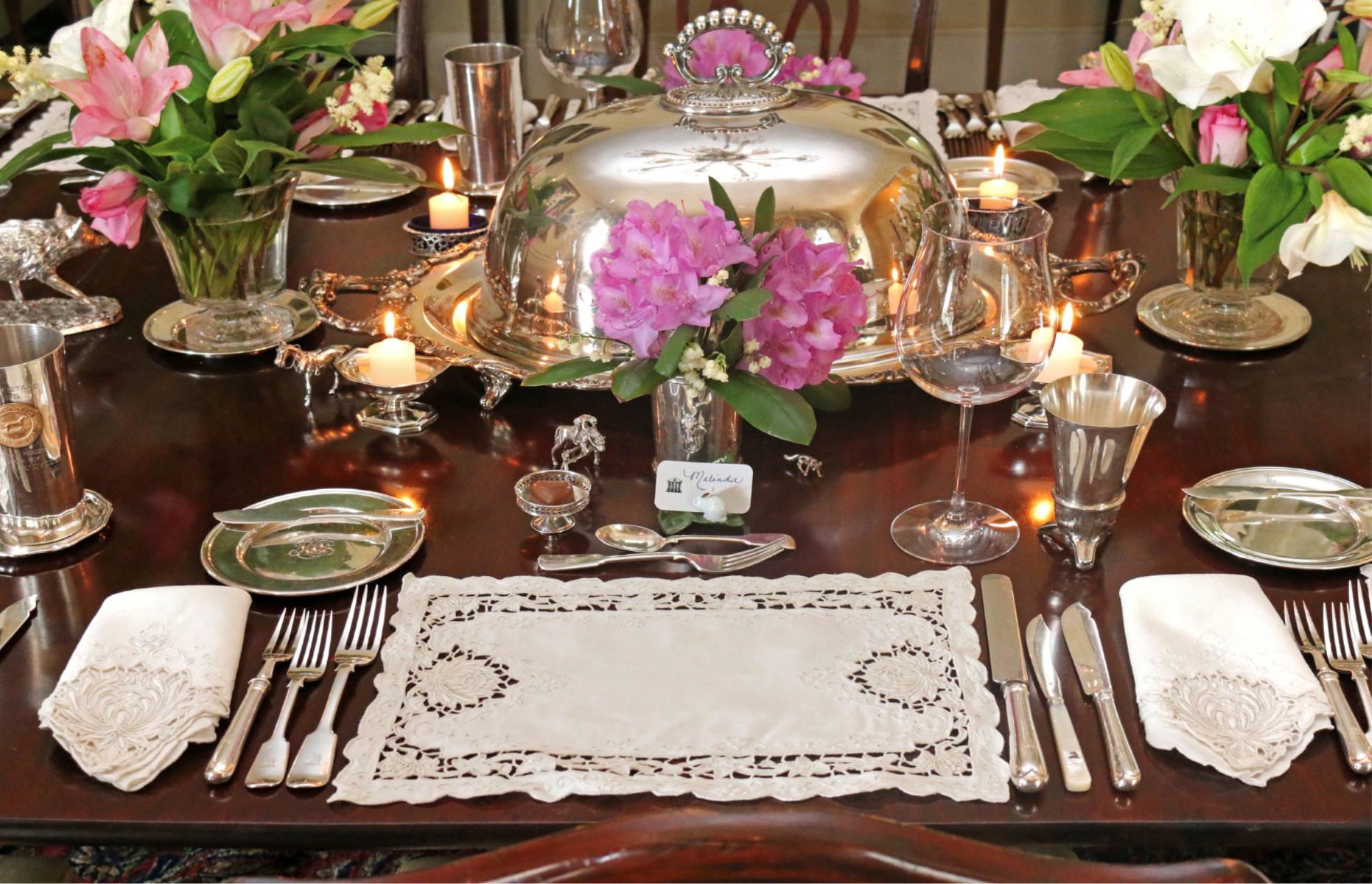
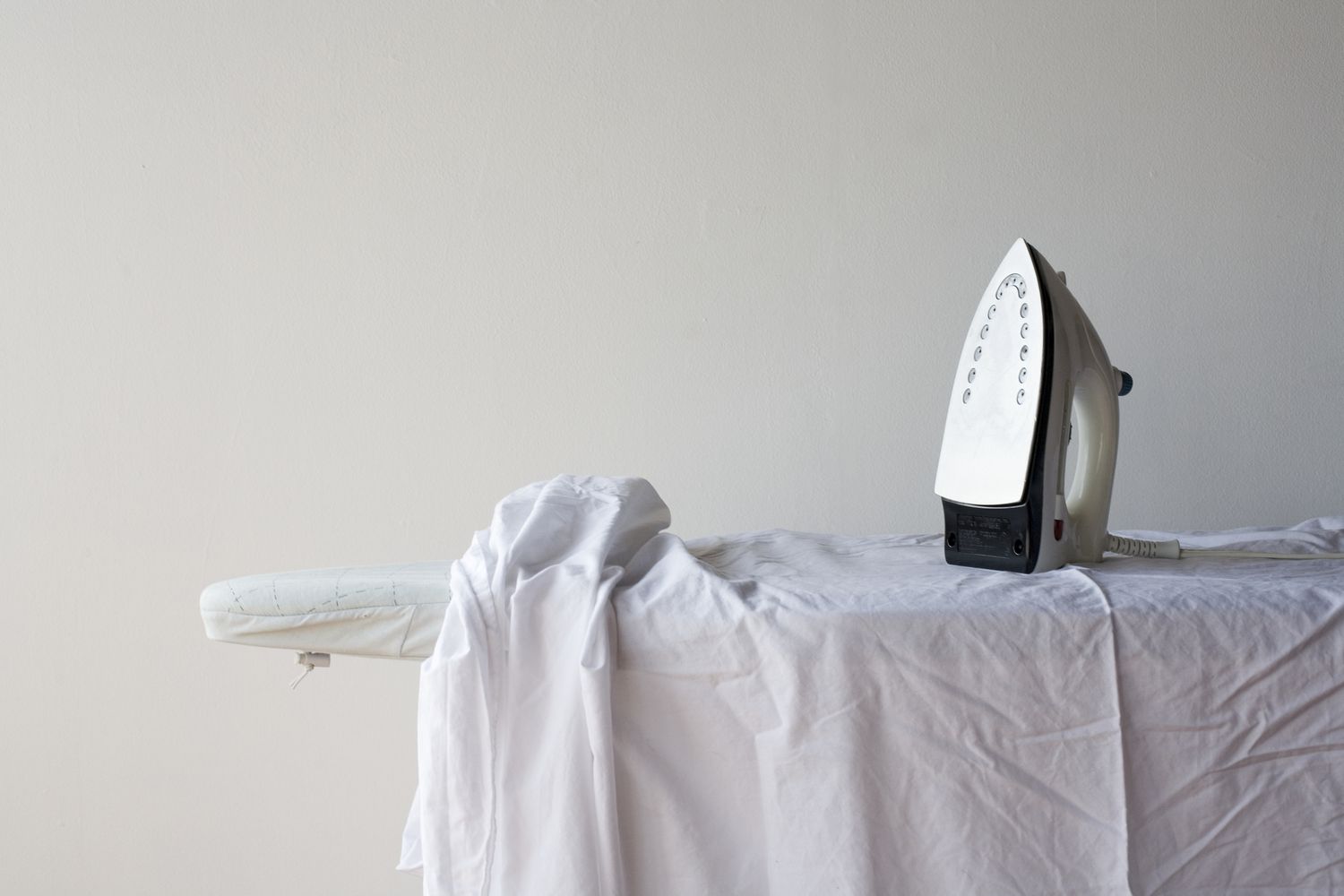
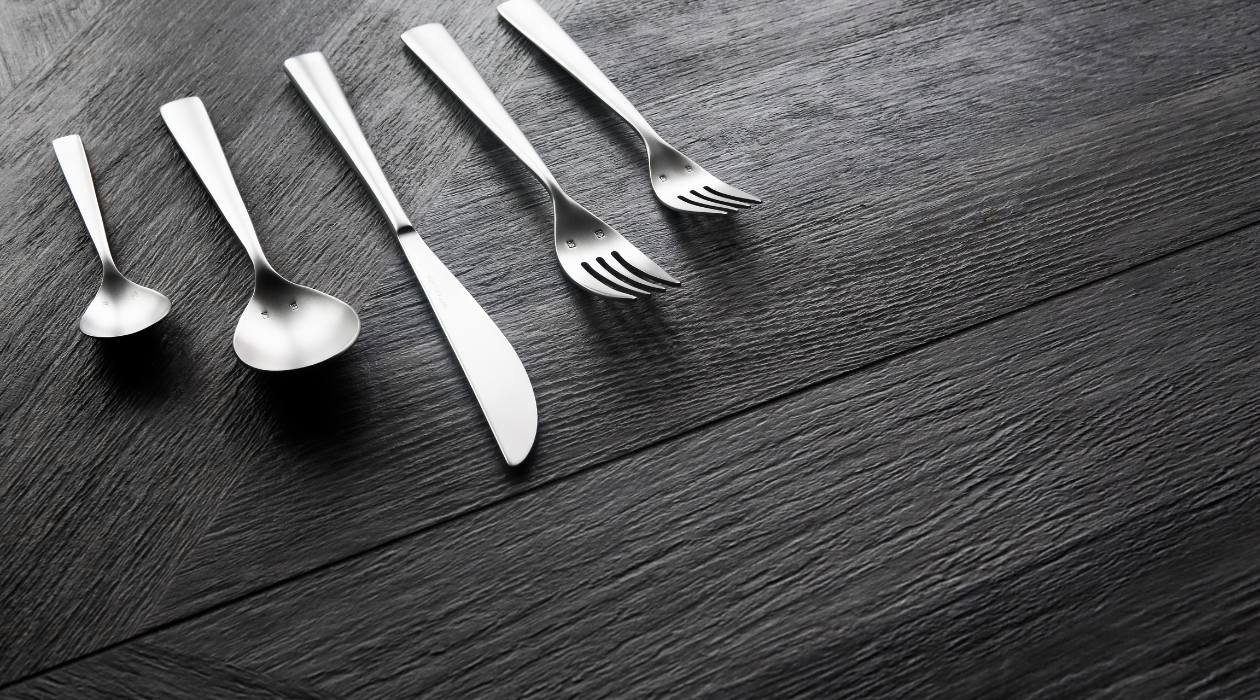
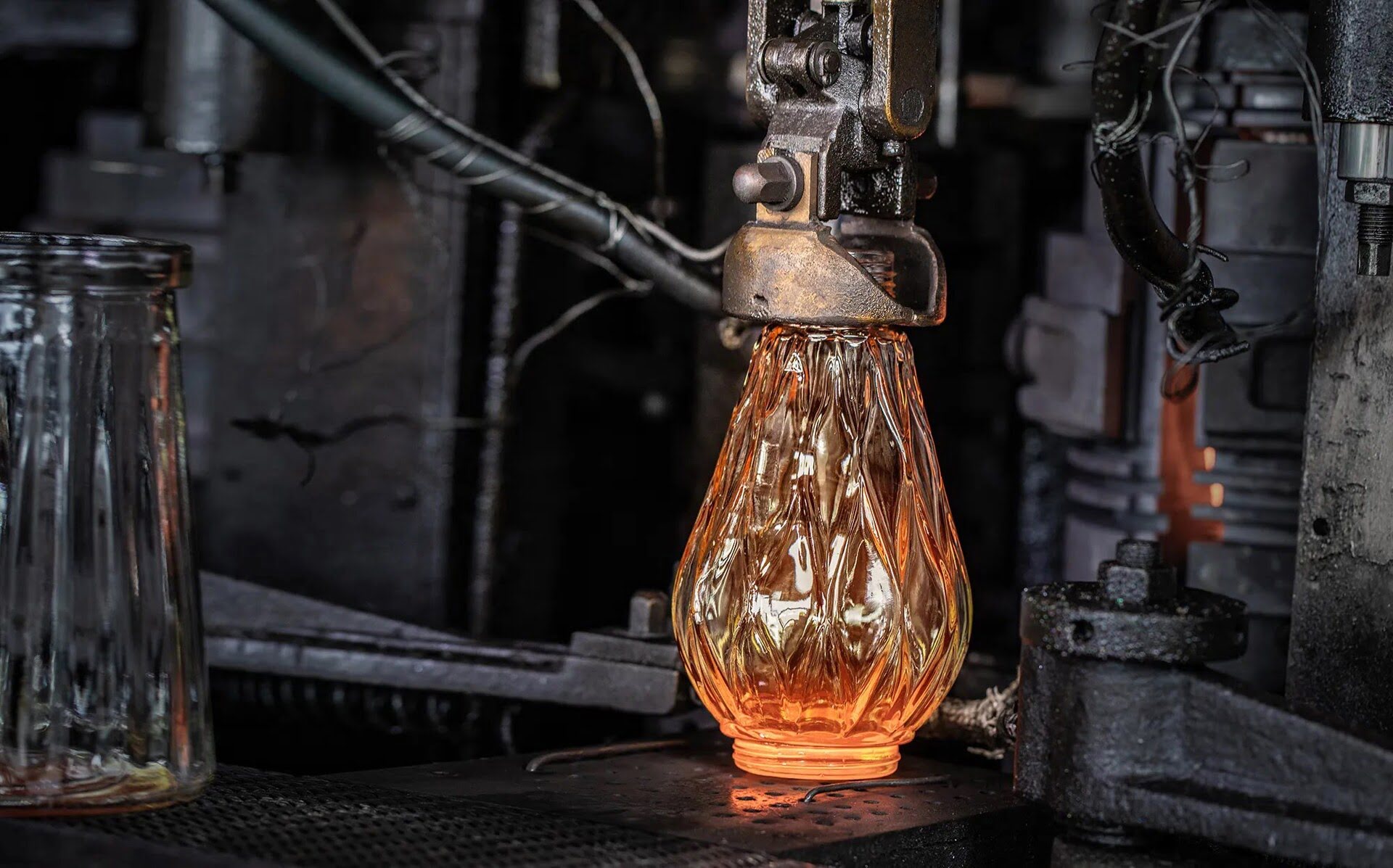
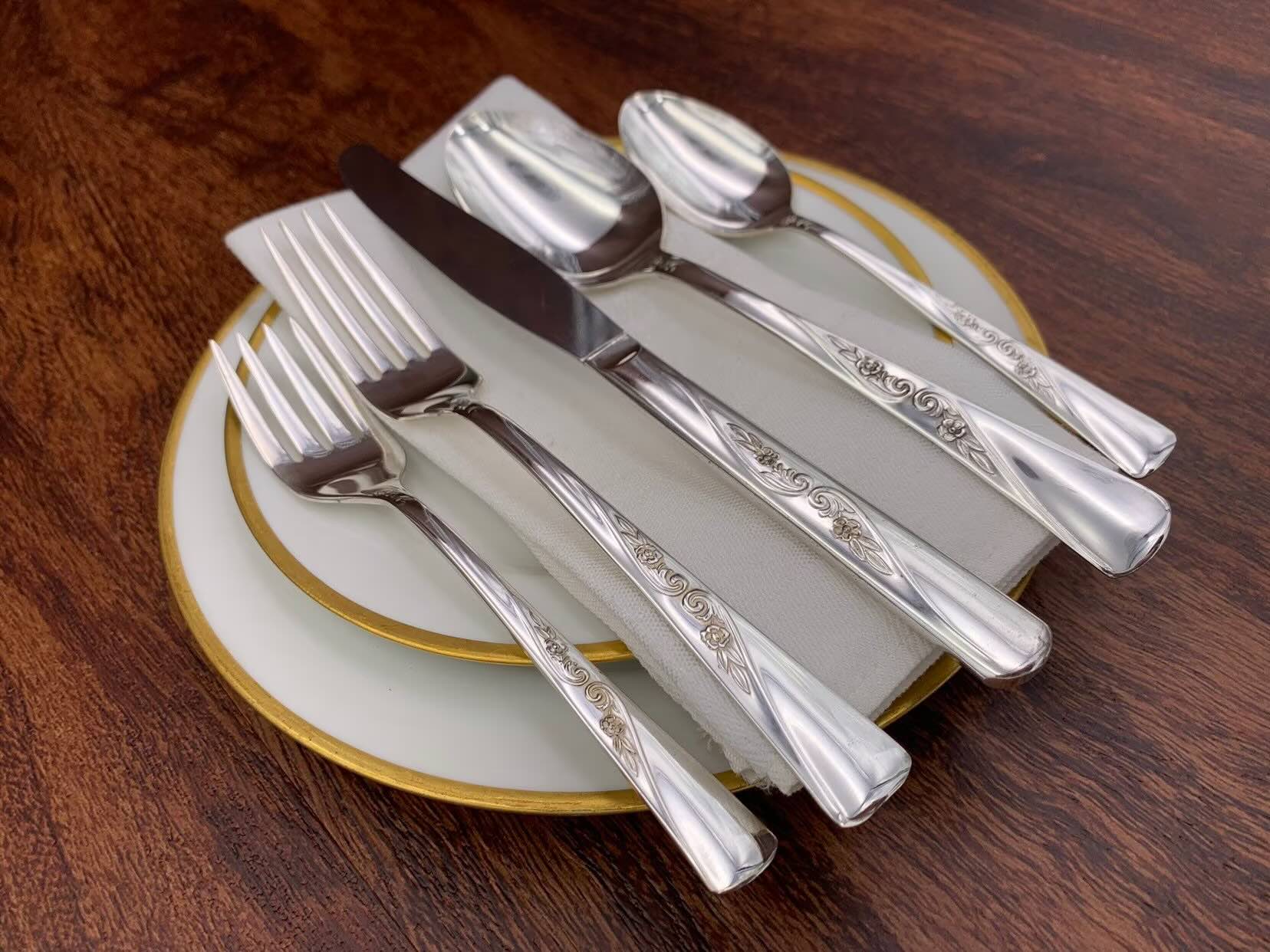

0 thoughts on “How To Set A Table: Etiquette Guidelines”